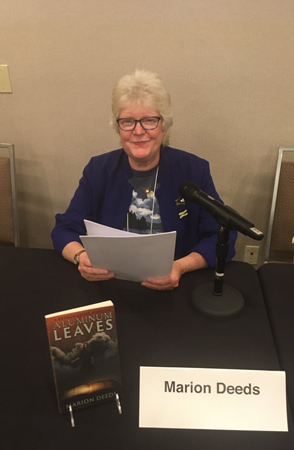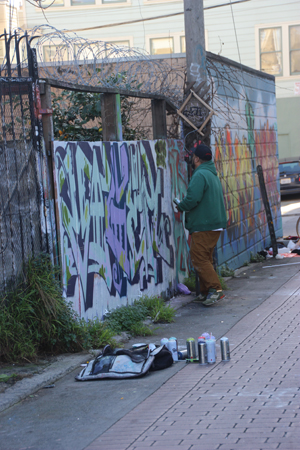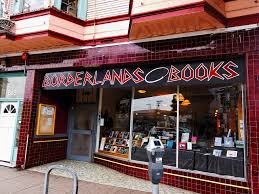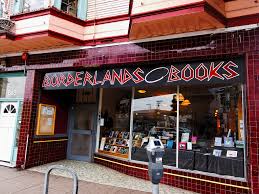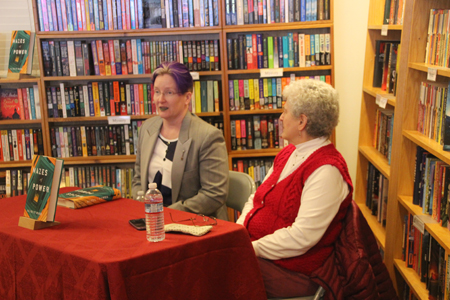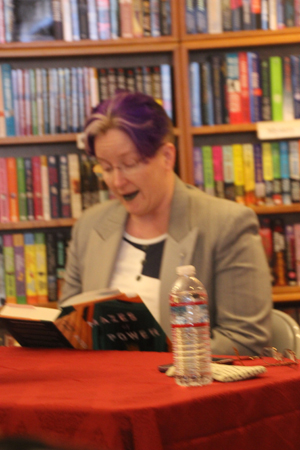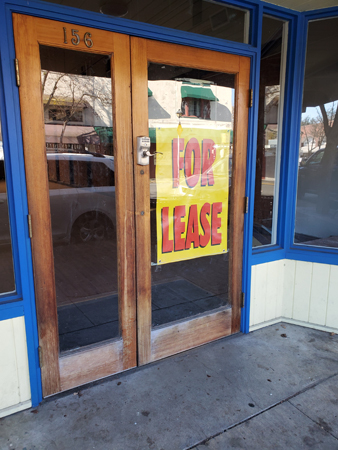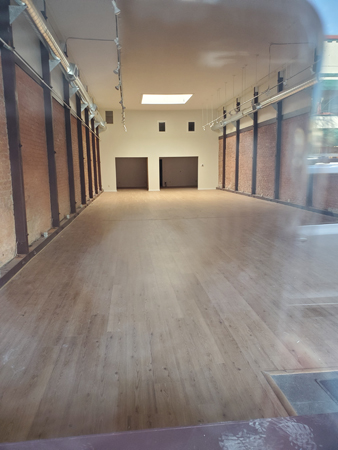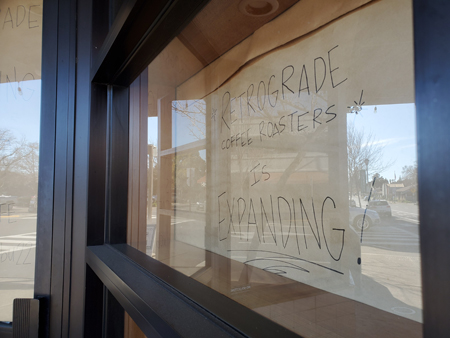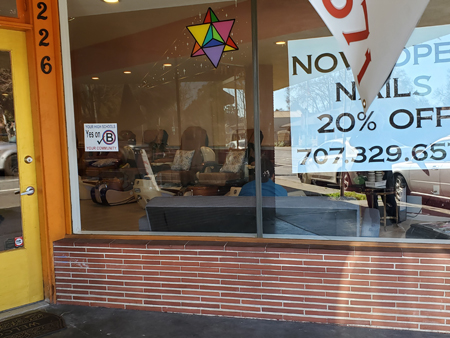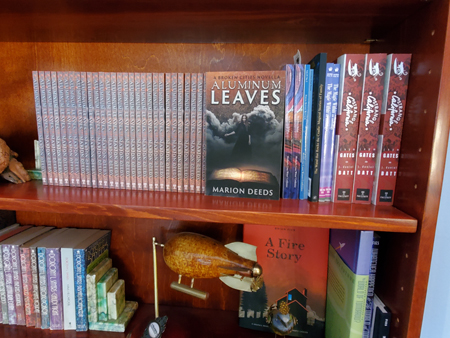I called this “Sanditon Fanfic” but, of course, any telling of Sanditon that goes beyond Jane Austen’s original 60-page fragment is fanfiction. The BBC/PBS disappointing eight-episode adaptation is no exception.
I guess I want to imagine fanfic of the adaptation though, which ends on a cliffhanger and no hint of a second season at this time.
Austen died after completing eleven chapters of Sanditon, which looked like a new direction for her in a number of ways. Instead of an established setting, the town (fishing village) of Sanditon is being gentrified, converted into a spa town by the entrepreneurial Tom Parker, and Parker and his two brothers, Arthur and Sidney, figure prominently. Additionally, Austen apparently added an heiress to a hundred-thousand pounds, the rebellious Miss Lambe, who comes from the Caribbean plantations and is of mixed race (“half-mulatto” is how she is described). While Charlotte Heywood, a gentleman farmer’s daughter, is the main character, Austen was exploring different kinds of stories, or so it seems.
The showrunner for Sanditon was Andrew Davis, who has a good track record with historical romances, and with Austen adaptations. I found the show frustrating because in some places Davis was clearly aware that he was a 21st century story-teller, and took liberties, and in other places, when he had the opportunity to do something daring and original, he suddenly ducked back behind Austen’s skirts, like, “Well, I can’t do that! It wouldn’t be Austen!” He deliberately casts heiress Miss Lambe as dark-skinned with natural hair, and her secret lover is also Black. Thus when Miss Lambe speaks lines like, “I am no man’s property,” they have a whole bunch of resonance. Davis might pat himself on the back for “foregrounding” race, but he can’t let the beautiful, dark-skinned Miss Lambe find happiness with the lover who was born in Africa, enslaved, and is now a freeman. In fact, Otis Molyneaux has to be chastened and humbled by the story. I can almost hear Davis saying, “Well, it’s the designated-scandal part of the story! They can’t be together! I’m not racist! It’s just the system!”
Step one in Marion’s fanfic for Sanditon: Instead of Otis disappearing, disgraced and all bruised from smashing his face into that glass ceiling, Miss Lambe tells him, “You’ve got three years. Three years to show me you can stop gambling and be a stable, successful merchant. Then come back, and I’ll give you my answer.” (Of course her guardian Sidney, eager to hand her off to one of the white elite, would have to agree to this, and in my version he does.) And at the end of three years, Otis returns triumphant. Sidney’s helping hand, and Miss Lambe’s faith, were just what he needed. Unfortunately, his continued political actions as he tries to end slavery in the Caribbean means he has powerful enemies. Still, he and Miss Lambe marry. With her smarts, her fortune, and his strength and passion, they become a powerful force for equality. And they have adventures.
Not Austen? Not canon? Hey, it’s fan-fic.
Sidney rides off to marry Mrs. Campion, the wealthy widow he used to be in love with, in order to get the needed financial backing for Sanditon. Back home on the family farm, Charlotte pines but gets on with her life. Mr. Stringer, the workers’ foreman who wants to be an architect, initiates a correspondence with her. She persuades him to consider, again, pursuing his dream of being an architect, and finally, he does. On the eve of the opening of his first building, he invites Charlotte down to London, and they admit their love for each other. I’ll be the first to admit that this is a troublesome plot for me. Both Mr. Stringer and Charlotte are upwardly mobile to the extent that concept exists. Charlotte only has the choice of marrying up, and marriage to Stringer does not give her entrée into the aristocratic circles. Still, Mr. Stringer is a better man than Sidney is, and they are a great couple together, so I’m going for it. They marry. Maybe Charlotte’s friend Lady Susan (no, not that Lady Susan) introduces her friend into society in some way. Or, you know what? Maybe Charlotte doesn’t care.
A few years after that, Sidney’s rich wife dies in an unfortunate flower-arranging accident. Flush with her money, Sidney seeks out Charlotte, to find her passionately, happily married. Sidney, rootless and disillusioned, decides to return to the Caribbean. On the way, his ship is wrecked in a storm. After days of floating adrift, he washes up onto a small island where an enigmatic woman nurses him back to health. Oh, wait, that’s the plot of Circe. I don’t care. I’m going for it.
Now, for those Parker boys. Sidney is stuck on his island, happily-ever-aftering it, or perhaps not so much, or whatever. You may have gathered that I don’t care much for Sidney. For Tom Parker, after the several setbacks we’ve already seen, he makes Sanditon a success, a bigger draw than Brighton. He and Mary plan a gala celebrating their fifth year, and invite Mr. Springer and Charlotte, because part of the festivities is the unveiling the model of a new edifice Mr. Springer has designed for them. The cream of London society come to the event, including a troubled but probably handsome young lord of something, who falls for the middle Parker brother, Arthur. Carefully, elliptically, the two admit their feelings for one another. (By the way? Not my idea. Arthur being gay is all Davis’s idea.)
Hypochondriac sister Diana Parker, who has sworn to live with Arthur forever, becomes, in spite of herself, fascinated with the healing arts as she works more closely with Dr. Fuchs. Soon she becomes his assistant. Reluctantly, she leaves Arthur, who promptly fills the absence in his house with his new lordly boyfriend.
Then we have the three relentless heirs of Lady Dunham’s fortune, Esther, Edward and Clara. Esther and Babbington continue on, and Ester is actually happy. Lady Dunham leaves most of her money to Tom Parker and the donkey farm (as hinted at) but she bequeaths a comfortable amount to Ester. I’m thinking that Babbington invested in Sanditon, because that’s the kind of guy he is.
Clara returns to London, penniless. She falls in with a crowd of thieves and uses her smarts and her complete amorality to shape them into the premiere gang of jewel thieves in Britain and later on the Continent. She learns how to fence and shoot a pistol, and few people ever know that the dread gang leader is female. She is never caught, and lives out her life in opulent luxury.
Lord Edward continues his downward spiral from grace, couch-surfing with various friends and relatives, until finally he goes to America, heads for the western frontier, and disappears into history.
Why? Because it doesn’t seem fair to give Edward a bad ending, like dying in a duel after he’d caught cheating as cards (which is what I wanted). Edward is yucky, but he isn’t much worse than Clara. The difference between him and Clara is that he didn’t love Esther back – or, he didn’t love her enough. Clara never loved anyone, so her sins (which are bad) aren’t, in story terms, that bad.
There it is. There’s my happily-ever-after for the folks of Sanditon – or at least, that’s how I’d do it today.
